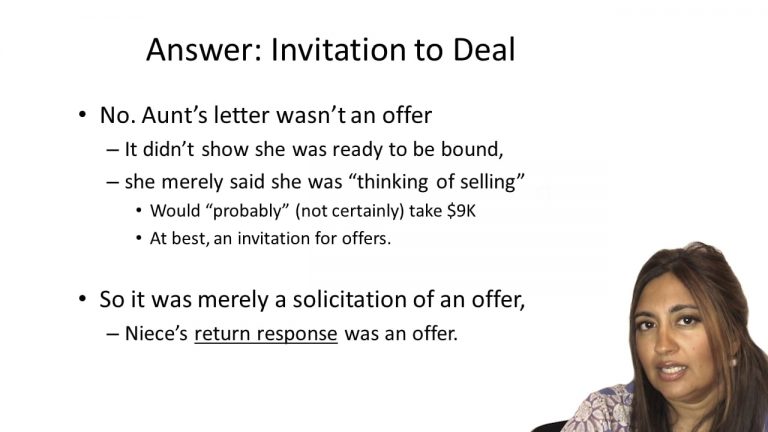SmartBrief
Confirm favorite deletion?
Contracts Keyed to Summers
Barfield v. Commerce Bank, N.A.
Citation:
484 F.3d 1276Facts
Chris Barfield (co-plaintiff), an African-American man, entered a Commerce Bank, N.A. (defendant) branch and requested change for a $50 bill. Commerce refused on the ground that Chris was not an account-holder at the bank. The next day, Chris’ father, James Barfield (co-plaintiff), entered the Commerce branch and requested change for a $100 bill. Similar to Chris, Commerce refused on the ground that James was not an account-holder at the bank. Yet, Commerce allowed a white man to successfully request change earlier that day and the teller never asked if the man was an account-holder at the bank. Chris and James sued Commerce.
Only StudyBuddy Pro offers the complete Case Brief Anatomy*
Access the most important case brief elements for optimal case understanding.
*Case Brief Anatomy includes: Brief Prologue, Complete Case Brief, Brief Epilogue
- The Brief Prologue provides necessary case brief introductory information and includes:
Topic:
Identifies the topic of law and where this case fits within your course outline.Parties:
Identifies the cast of characters involved in the case.Procedural Posture & History:
Shares the case history with how lower courts have ruled on the matter.Case Key Terms, Acts, Doctrines, etc.:
A case specific Legal Term Dictionary.Case Doctrines, Acts, Statutes, Amendments and Treatises:
Identifies and Defines Legal Authority used in this case.
- The Case Brief is the complete case summarized and authored in the traditional Law School I.R.A.C. format. The Pro case brief includes:
Brief Facts:
A Synopsis of the Facts of the case.Rule of Law:
Identifies the Legal Principle the Court used in deciding the case.Facts:
What are the factual circumstances that gave rise to the civil or criminal case? What is the relationship of the Parties that are involved in the case.Issue(s):
Lists the Questions of Law that are raised by the Facts of the case.Holding:
Shares the Court's answer to the legal questions raised in the issue.Concurring / Dissenting Opinions:
Includes valuable concurring or dissenting opinions and their key points.Reasoning and Analysis:
Identifies the chain of argument(s) which led the judges to rule as they did.
- The Brief Prologue closes the case brief with important forward-looking discussion and includes:
Policy:
Identifies the Policy if any that has been established by the case.Court Direction:
Shares where the Court went from here for this case.
Topic Resources
Topic Videos
 12m 9s
12m 9s 11m 57s
11m 57sTopic Outline
Topic Refresher Course
